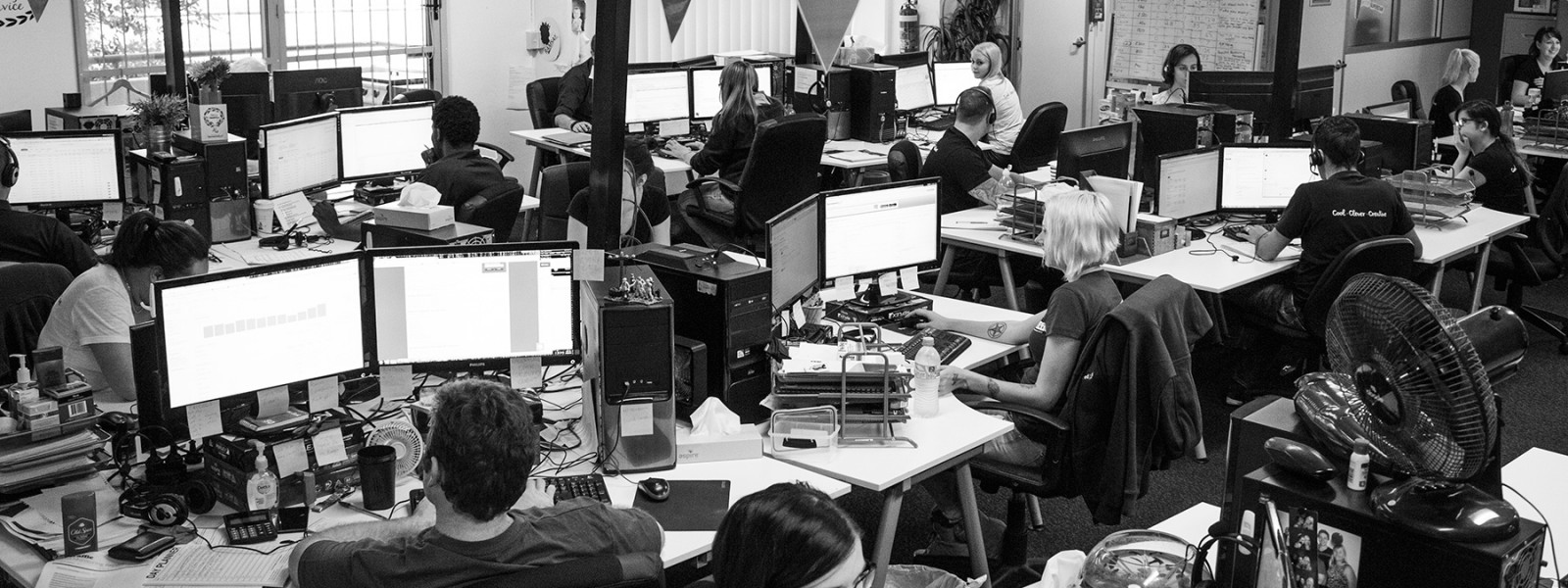-
Traffic
Get More Traffic
SponsoredLinX offers a number of different services to help drive more qualified traffic to your website. Google Ads Management Search Engine Optimisation Microsoft Ads Facebook Advertising Google Ads Mobile“SponsoredLinX are a rarity in today’s market place, they promise a lot but deliver more. Our business has grown by over 400% in one month; we are amazed at the difference they have made.”
-
Conversion
Convert More Leads
Our second step is making sure that your website is able to convert the traffic you receive into leads for your business. Optimising your website to convert more leads is important to a profitable campaign. Web Development Convertopages Do It For Me eCommerce“I just want to say thank you! The changes that you have applied in our AdWords campaign have definitely seen an improvement on click quality and sales for HippityHop.”
-
Retention
Retain Your Customers
As you build up a customer base you need to make sure to keep engaged and retain your relationship. Facebook Management LinX App“SponsoredLinX fully redesigned our main company website with a fresh, clean and professional look. The ‘Google friendly’ web design were part of the fantastic ongoing service we received.”
Why Google Wants What It Wants In 2014: Part 3 – Link Profile
 If you’ve been keeping up on this 5 part blog series (and I’d strongly recommend you read parts 1 & 2 for context if you haven’t) then you’ll be aware that we’ve been talking a lot about what is now meant by “content” and why it has been given such value as part of the past few Google updates. Your link profile (all places online which link back to your website) is probably the best demonstration of this recent redefinition of the concept of content as well as the increasing importance of social media.
If you’ve been keeping up on this 5 part blog series (and I’d strongly recommend you read parts 1 & 2 for context if you haven’t) then you’ll be aware that we’ve been talking a lot about what is now meant by “content” and why it has been given such value as part of the past few Google updates. Your link profile (all places online which link back to your website) is probably the best demonstration of this recent redefinition of the concept of content as well as the increasing importance of social media.
Once upon a time, Google would rank websites largely according to the website itself, using meta data and keyword instances (amongst other things) in order to decide the relevance of any given website. If you remember Google in the early days then you’ll remember that this was definitely not optimal. Amateur, irrelevant and even fan-sites for anything remotely related to your search term polluted the front page and sorting through results to find what you were after was much more of a chore. They’ve gone through quite a few changes in tact over the years since learning that a large number of websites can’t be trusted not to cheat, but let’s jump forward to link building.
The original idea behind the concept was (as it is now, albeit more multi-faceted) based around reputation. If people were pointing others to your website in the form of a link on their website with regards to information on particular topics, then with enough links you would seem to the search engine to be the authority on that topic, which would get you better rankings. However as with most updates, those not content to just give Google what it wants were hard at work figuring ways around this. Link farms (false websites designed to utilise for link building) came into existence, so Google concentrated its attention on identifying and penalising this sort of behaviour. Link networks (large numbers of websites all created to link out in much more complicated ways) also started to pop up, so again algorithms were updated in order to identify this method in action. And on and on it went like a tug o’ war until social media came along.
Google and facebook aren’t enemies exactly, but they’re hardly fond of each other. Despite this, Google eventually started indexing and displaying facebook results in 2011 upon realising the importance of social media. Not long after this they launched Google+ (see Part 2 of this blog series for a rundown of that story) in an attempt to incorporate the growing social media element of the online world into their algorithms. And the reason?
Reputation.
Which again comes down to user experience. If users like you, they link to/recommend you. They’re likely to do this via social media much more often given the ease with which it can be done, so suddenly you have a massive crowd of consumers all telling Google what they find valuable. After the years spent fighting black hat SEO providers over website links, a golden opportunity presented itself via social media which was a natural tool to combat them with and much harder to fake. This also counts for blogs, (genuine) directories and a range of other smaller value sites.
As a business on these channels, this is where content comes in. The two tie together because if you are a business with a genuine facebook, Google+, Twitter, Blog, YouTube, etc then you should be producing content if your account is not just for show. If you’re providing unique content of value then users are likely to circle around your page and a community springs up. This community then begins to trust and rely on you, pointing others in your direction. This kind of link, once dismissed by Google with regards to weight, is now the most reputable, genuine and hard to fake kind of link available.
This obviously isn’t to say that one way links from genuine websites to yours don’t still have massive value. On a link per link basis these probably still far outweigh social media links, but social media links can naturally accumulate in much larger numbers.
So to put it all very simply (and yes we will repeat this over and over) it’s the SponsoredLinX GRGR rule yet again: Genuine Relevance Gets Results. Google’s love for social media as a tool with which to assess the relevance of a website should have you in absolutely no doubt about this. Your link profile should be varied and look natural. Gone are the days where 20 links from High PR (Page Rank) sites would do the trick for you. This looks (and usually is) suspicious. A valuable online business should have users talking about them and recommending them. Google is not trying to make things harder for you, they are simply trying to help you understand what the end user wants and they will reward you for giving it to them.
In part 4 we will be talking about how you can achieve this with your website.
Plus, don’t forget to register for our SEO Webinar on the 29th January (next week), where we will be discussing all of the topics covered in this 5 part blog. You won’t want to miss it.

